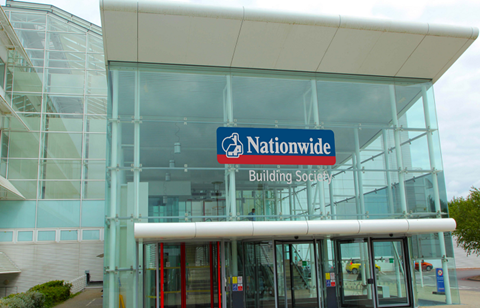
To engage its 18,500 employees with their retirement savings, Nationwide Building Society provides a dashboard through which staff can view all of their pension information in one place, uses nudges to promote behavioural change, and runs competitions during which, for example, employees can design posters illustrating their personal retirement dreams.
Currently, approximately 80% of employees pay the maximum matched contribution, up from 10% five years ago. Ian Baines, head of pensions at Nationwide, attributes this to a raised default contribution rate and a nudge approach. “The simple trick we landed on was to change the default contribution rate so people now pay the higher rate, so as to get the most contributions from Nationwide," he explains. "They can still choose to dial it down and pay less, but if [they do], the following year we will guide it back up.
"In other words, they proactively have to dial it down. And that approach, that behavioural nudge, is now embedded in how we do things."
Engagement with pensions alone is only part of the journey, however. It is also key to make the link between retirement saving and other elements of reward.
Baines says: “For the last two years, we have run a mandatory e-learning module about pensions, and embedded in that are concepts about income [protection] and life assurance."
A modelling tool, ‘Guided Outcomes’, provided by Hymans Robertson, is designed to encourage behavioural change and long-term thinking by, for example, showing an employee the potential ramifications of immediate changes such as reducing hours, working flexibly or taking a career break.
Employees can also navigate to external pensions toolkits through the organisation's flexible benefits platform, 'My Rewards', which is provided by Aon. This ensures that retirement savings are seen as one part of an overall package, rather than a standalone proposition.
Nationwide also provides financial health check seminars for employees at different stages of their careers. For those in the pre-retirement stage, these tend focus on maximising their pension fund and income, while for mid-career employees there is often a wider financial wellbeing and benefits focus.
“There tends to be a broader financial content in terms of not just [pensions], but also managing debt and encouraging people to own that and budget, do all the classic stuff we’d hope everyone does do, but which we know many of us don’t,” Baines says.
Read more...
How to align pensions provisions with a wider benefits strategy
Helen Ball: What does the future hold for defined contribution pension schemes?











